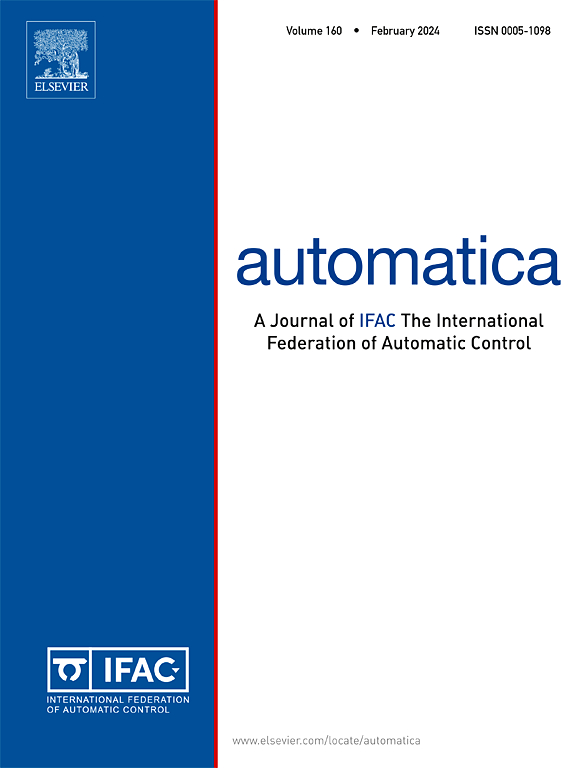Synthesis of discretized Lyapunov functional method and the Lyapunov matrix approach for linear time delay systems
Abstract
The famous discretized Lyapunov functional method of K. Gu employing the functionals of general structure with piecewise linear matrix kernels is known to deliver effective stability conditions in the form of linear matrix inequalities (LMIs). In parallel, the role of the delay Lyapunov matrix for linear time-invariant systems with delay was recently revealed. In Gomez et al. (2019), it was shown that the positive definiteness of a beautiful block matrix which involves the delay Lyapunov matrix values at several discretization points of the delay interval constitutes a necessary and sufficient condition for the exponential stability. The only drawback is that the dimension of the block matrix turns out to be very high in practice. In this study, we significantly reduce the dimension by combining the delay Lyapunov matrix framework with the discretized Lyapunov functional method. The component of the latter method that pertains to the discretization of the functional derivative is replaced with bounding the difference between the values of the functional possessing a prescribed derivative and its discretized counterpart. The key breakthrough lies in the fact that the structure of the block matrix is kept the same as in Gomez et al. (2019). Numerical examples show the superiority of our method in many cases compared to the other techniques known in the literature.

 求助内容:
求助内容: 应助结果提醒方式:
应助结果提醒方式:


